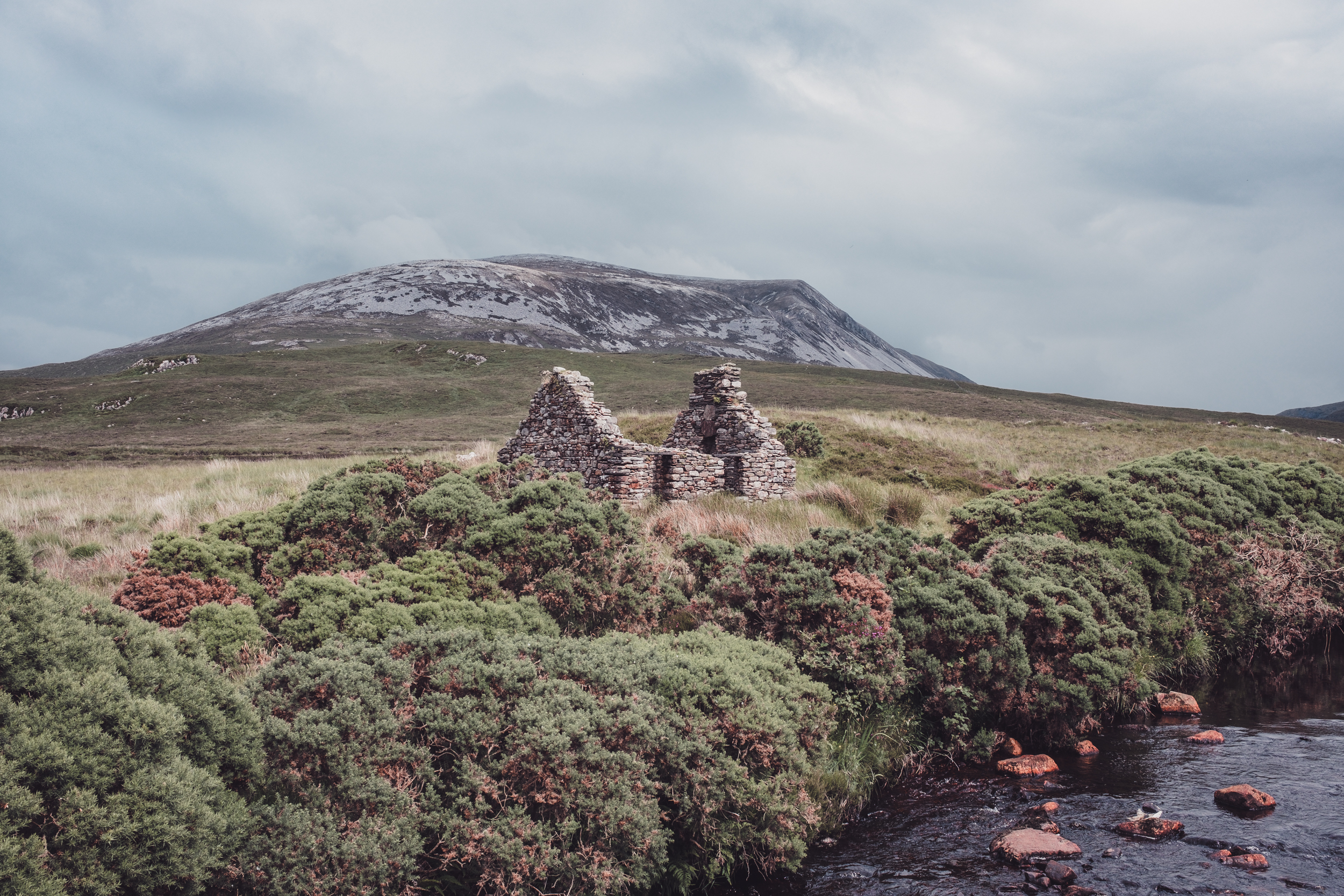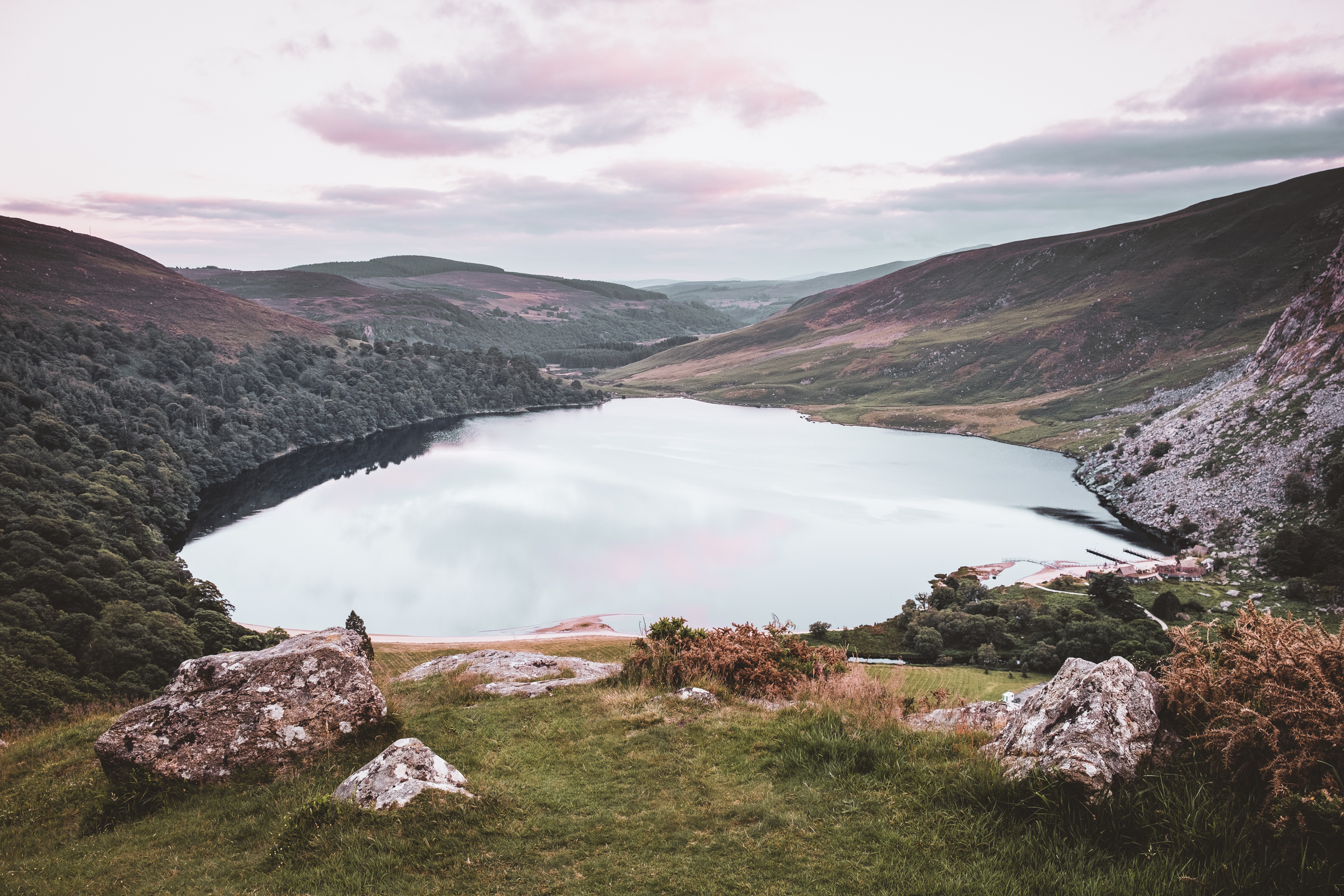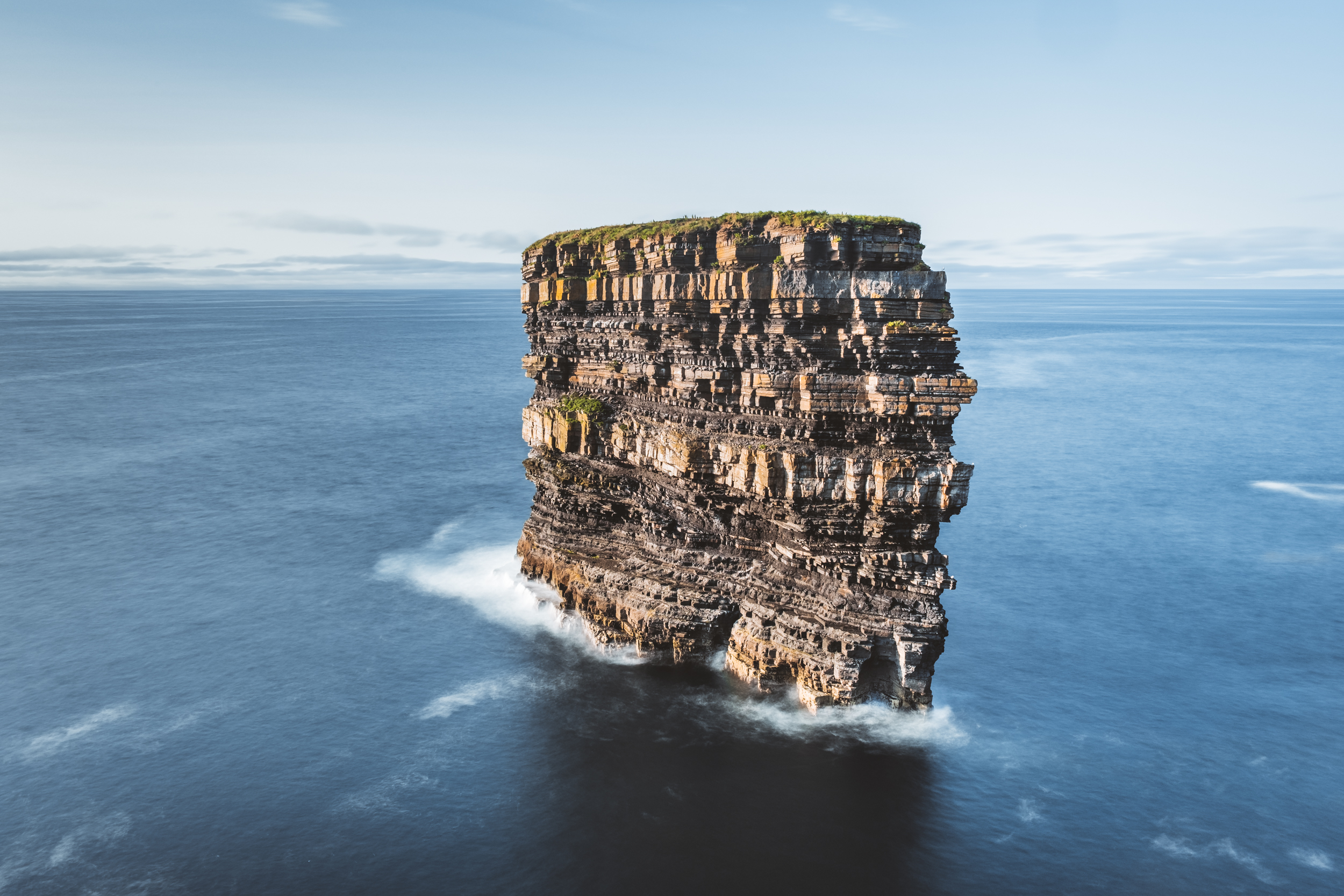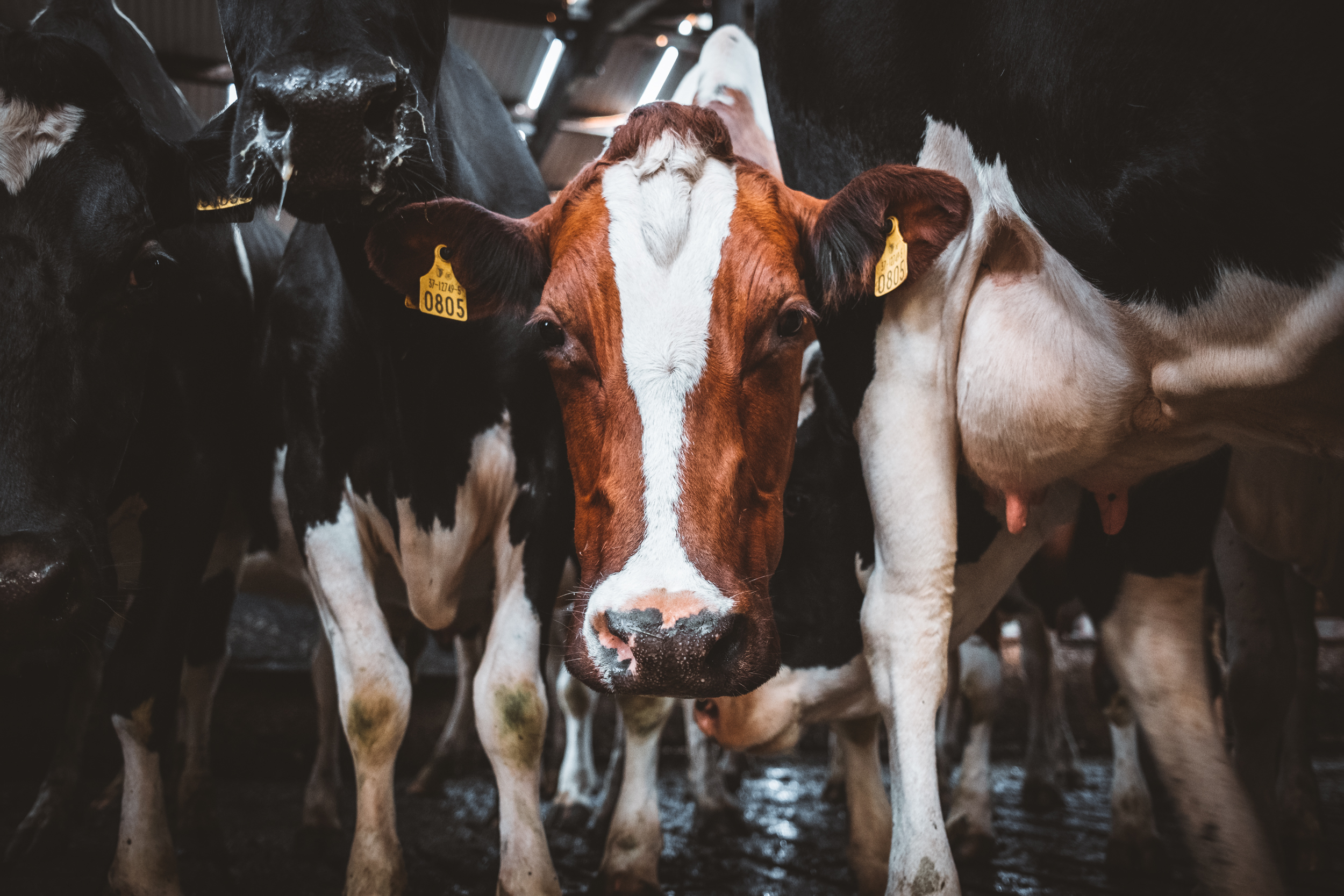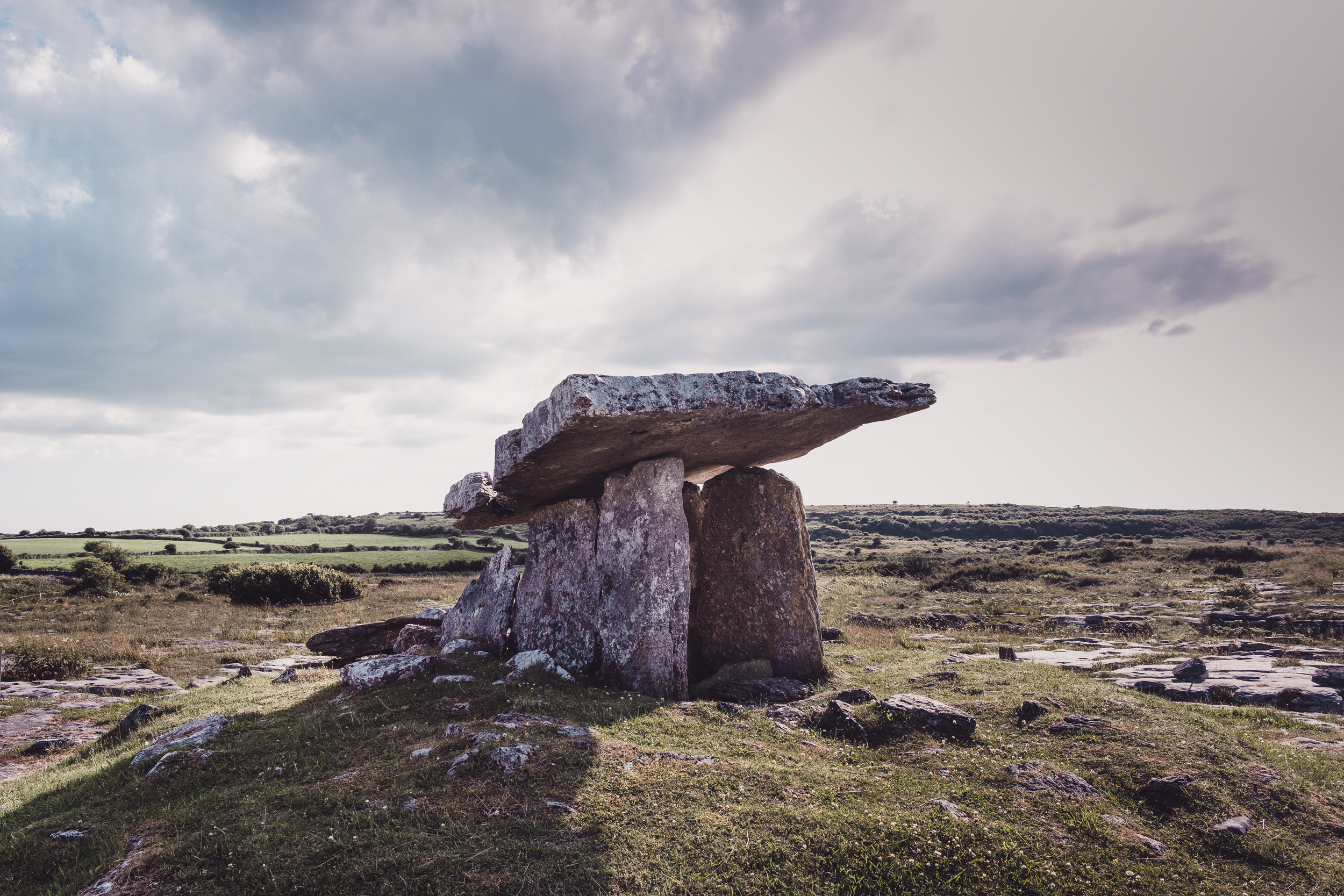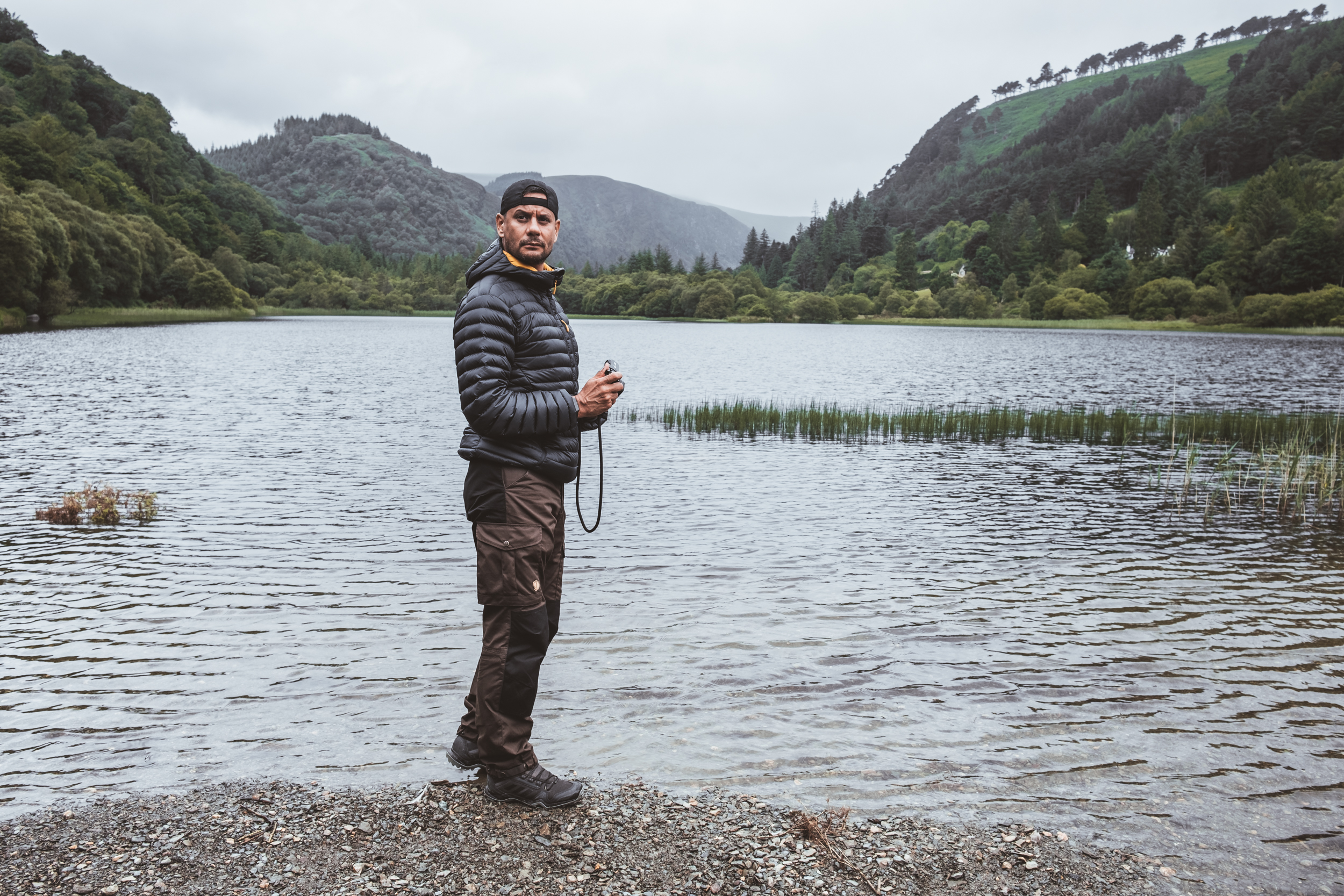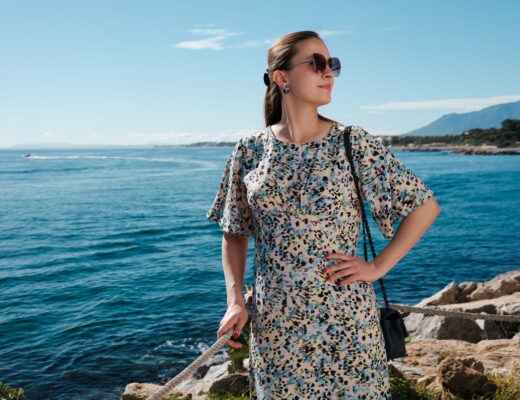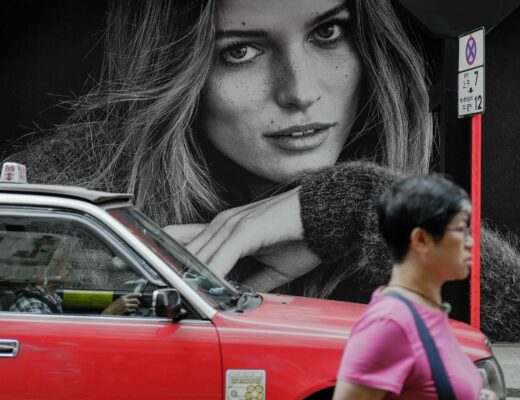Settle back. This may be something of a long read as I take you full circle with the X100V and why I chose it as my only camera for a travel assignment to Ireland.
My journey with the X Series started way back in 2011 when Fujifilm released the very first iteration of the X100. I would love to say that the technical specifications first drew me to that original model but in truth, I simply loved the aesthetics of this vintage-inspired camera.
At the time, I was lugging around a big, heavy camera bag full of DSLR bodies and lenses, and something was appealing about the fixed lens, compact size and vintage feel of the X100. I bought it on a whim but I can honestly say it changed my photography forever. Let’s be honest, the original X100 was quirky to use, to say the least, and the feature set was nothing to write home about. However, in the hand, it brought a sense of emotion to my photography I simply hadn’t felt using my somewhat clinical DSLR.
Fast forward a decade and I was all-in with Fujifilm. I had transitioned from the studio-based photography of my DSLR days to becoming a full-time documentary and travel photographer. I have been fortunate enough to undertake projects across six continents and a couple of years ago Fujifilm South Africa approached me to become an official brand ambassador as part of their X-Photographer programme.
My Fujifilm cameras were taking me all over the world and then the pandemic hit!
Like most photographers, the pandemic had a sudden and dramatic effect on my photography; life as a travel photographer is significantly more difficult when most of the world’s borders close within days of each other. I had to postpone or cancel my entire calendar of projects pretty much overnight. But what at first appeared to be a challenge turned out to be an opportunity, giving me the time to reevaluate where my photography was taking me.
Over the years, I have used almost every X Series camera. The X100 range still held a special place in my heart but it had become more of a day-off camera. My usual assignment setup was three bodies, most recently the X-Pro3, and a healthy collection of lenses. Although I have enjoyed using all of these beautiful cameras, a recurring question presented itself as I took stock of my development as a photographer during lockdown: how much of the equipment I was carrying around was due to the requirements of my projects and how much as a kind of safety blanket? Either way, the result was a big, heavy camera bag that was well and truly back to my old DSLR proportions, leaving me with a sense of being somewhat back to where I started.
So, as borders slowly started to reopen, I made a conscious decision to simplify my workflow, to return to a purer form of photography based on the moments rather than the equipment used to capture them. Above all the others, one camera seemed to encapsulate that spirit of pure photography: the X100V.
I had been using the X100V for a while, documenting the impact of the pandemic in my local community. I had enjoyed the experience of just heading out with little more than the camera and a spare battery in my pocket. But it was a recent trip to Ireland for my first travel assignment in 18 months that put my newfound commitment to a minimalist photography approach to the test. Could I manage with just a single body with a fixed lens? The answer is a definite yes (sort of).
At this point, I need to make a confession. In a moment of weakness, as I left for the airport to travel to Ireland, I grabbed my oversized camera bag full of my usual assignment gear. It seems I wasn’t ready to let go of the safety blanket after all. And yet, after actually arriving in Ireland, I didn’t open that bag, not once, in my entire month-long stay. Every photograph I captured for the project was shot on the X100V.
On the plus side, the sensor and IQ of the X100V are exactly the same as its flagship siblings, the X-Pro3 and X-T4, so the image quality was never in question. It also includes features such as a built-in 4-stop ND filter, which no other camera in the X Series lineup can boast. It is weather-sealed (with the slight caveat of needing an adapter and filter to be fully protected from the elements). The X100V, being the fifth iteration of this camera, also features a brand new F2 lens, which produces arguably sharper images than the much-loved XF23mmF2 lens.
The compact, discrete nature of the X100V also proved to be an asset. I have always aspired to capture the moments I encounter without influencing them. And while a Fujifilm X-Pro3 or X-T4 with a solid prime or zoom lens is still a compact solution, especially when compared to full-frame cameras, they can still draw attention in a way the X100V does not.
That said, it still took me a while to find my rhythm using just one camera for the full range of photographs I captured across Ireland. Faced with landscapes, portraits, street photographs and more, I had to think on my feet more than once to compose and capture the photographs I wanted. Of course, zooming wasn’t an option, so I had to get stuck into the action instead, moving my feet where before I might have changed my crop. But, within a few days, I found myself appreciating the simple, to-the-point style of photography that the X100V offered.
I have always been a big fan of the 23mm (35mm full-frame equivalent) focal length of the X100V. Even on my interchangeable cameras, I would be shooting with a 23mm lens more often than not, so I was on very familiar ground. But where I did want just a bit more reach or width, I utilised my secret weapons, the TCL-X100 II and WCL-X100 II conversion lenses. Often overlooked by the Fujifilm community, these excellent little adapter lenses convert the fixed 23mm focal length to 33mm (50mm full-frame equivalent) and 19mm (28mm full-frame equivalent) respectively. I was pleasantly surprised at how useful the conversion lenses proved to be. The images they produced were sharp with no distortion that I could observe. Being screw-on adapters, I also never needed to open the camera, exposing the sensor to dust, something which usually comes with switching lenses.
Sure, there were some downsides to not having the full range of lenses at my disposal. At times, I missed the beautifully creamy bokeh of the XF50mmF1 lens for shooting portraits and my XF16-55mmF2.8 zoom would have been nice for the rapidly changing Irish landscape. But my lightweight, minimalist X100V setup also meant I could head out exploring every day with just a simple daypack, light enough to handle whatever the day threw at me no matter where I went.
Throughout my time in Ireland, there wasn’t ever a time where I felt I had missed a shot because I didn’t have more equipment with me. Of course, I speak as a documentary and travel photographer mainly focused on capturing candid moments of everyday life around the world. For that style of photography, the X100V shines. Photographers specialising in other photography styles likely will have different needs.
And so my journey with Fujifilm X-Series cameras has gone full circle. I have returned to where it all first started. I found the experience of shooting an entire project with just the X100V was remarkably liberating. It felt like pure photography, free from any other distraction. So, when I next head to the airport for a travel assignment, I will reach for the X100V. It seems that for me, at least, the time has come to ditch the gear. My photography minimalism is here to stay.


